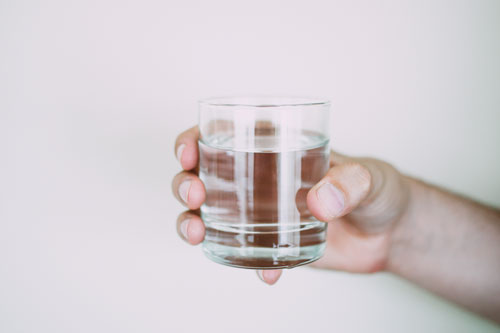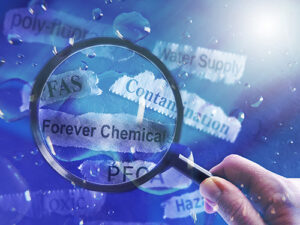Did you know that the Environmental Protection Agency (EPA) has established guidelines for over 90 different dangerous water contaminants? Did you ever wonder how these guidelines are determined? The Safe Drinking Water Act (SDWA), first established in 1974, directed the EPA to take measures to ensure that Americans have access to safe public drinking water. The SDWA created a process for the EPA to identify, review, and list potentially dangerous water contaminants.
The EPA monitors a Contaminant Candidate List (CCL) containing a number of potentially dangerous contaminants used to measure drinking water quality. Substances on the list are reviewed by the EPA to determine if they are considered a dangerous water contaminant. A water contaminant is simply any physical, biological, chemical, or radioactive substance in your water. Not all contaminants are dangerous, but some are dangerous to the environment and your health. That’s why the EPA sets out regulatory processes and guidelines.
Regulations have changed a lot over the years. In 1992, 22 new contaminants were regulated, including cyanide and thallium. In 2006, the EPA instituted new ground water rule regulations for E. coli, Enterococci, and coliphage, while in 2009, a new airline drinking water rule was put in place to regulate total coliforms.
Let’s take a look at the CCL 4, which was published on February 20th, 2020. Below are a few chemicals found on the CCL 4 and their descriptions:
- Butadiene- Used in the production of plastics and rubbers.
- Alpha-estradiol- A hormone found pharmaceuticals.
- Acetochlor- A pesticide.
- Cyanotoxins- Toxins produced by cyanobacteria.
- Hepatitis A virus- Can cause liver disease and jaundice.
- Naegleria fowleri- A protozoan parasite.
In total, the CCL 4 has identified 97 chemical and 12 microbial contaminants as potentially dangerous. From here, the EPA will determine whether which of the contaminants are dangerous and require regulation for drinking water.
If you suspect dangerous contaminants in your water, Hague Quality Water of Maryland offers a free water test that could save you and your family from potential health issues related to your water. After determining your water quality, a licensed water technician will help design the right water treatment solution. From water softening to whole house water filters, the right solution will provide you and your family with the best water.
How the EPA Defines Dangerous Contaminants
The SDWA requires the EPA to consider three factors when determining whether or not a water contaminant is dangerous and if it should be subject to regulation. Let’s take a look at these factors:
- Does the water contaminant pose a threat to human health?
- Is there a high risk that the contaminant will affect public health systems often enough and result in high enough levels of contamination to pose a threat?
- Would regulation decrease health risks for people served by public water systems?
While the final decision is made by the administrator, the public is given an opportunity to comment after the EPA issues a preliminary determination. A final decision is only made after public comments and a final review.
This review process could result in a few different outcomes. First, the EPA could decide that the contaminant does not meet the above criteria and thus should not be subject to regulation. If the EPA decides to regulate the contaminant, they will start to outline rules to establish a national primary drinking water regulation enforced at water treatment plants. This regulation would seek to protect the public from exposure to unsafe levels of the drinking water contaminant.
The EPA could also decide to issue a health advisory. This advisory is non-enforceable but often includes a recommended Federal limit. While not enforceable, the advisory will provide technical guidance for federal, state, and local authorities.
The EPA periodically considers contaminants for regulation. So far, more than 90 contaminants have been regulated by the EPA. The agency has also issued advisories for many other contaminants. As time goes on, the list of regulated contaminants will likely grow as researchers uncover adverse effects of other contaminants.
Call Hague Quality Water of Maryland Today
At Hague Quality Water of MD, we take water quality seriously which is why we offer a variety of water treatment systems, such as the Hague WaterMax® BEQ. This multi-stage water treatment solution is equipped to handle harmful contaminants and toxins that could be lurking in your water. To learn more or to schedule a free water test, please call us at (410) 757-2992.
NOTE: Free water tests are for new customers to determine water quality and treatment solutions.



